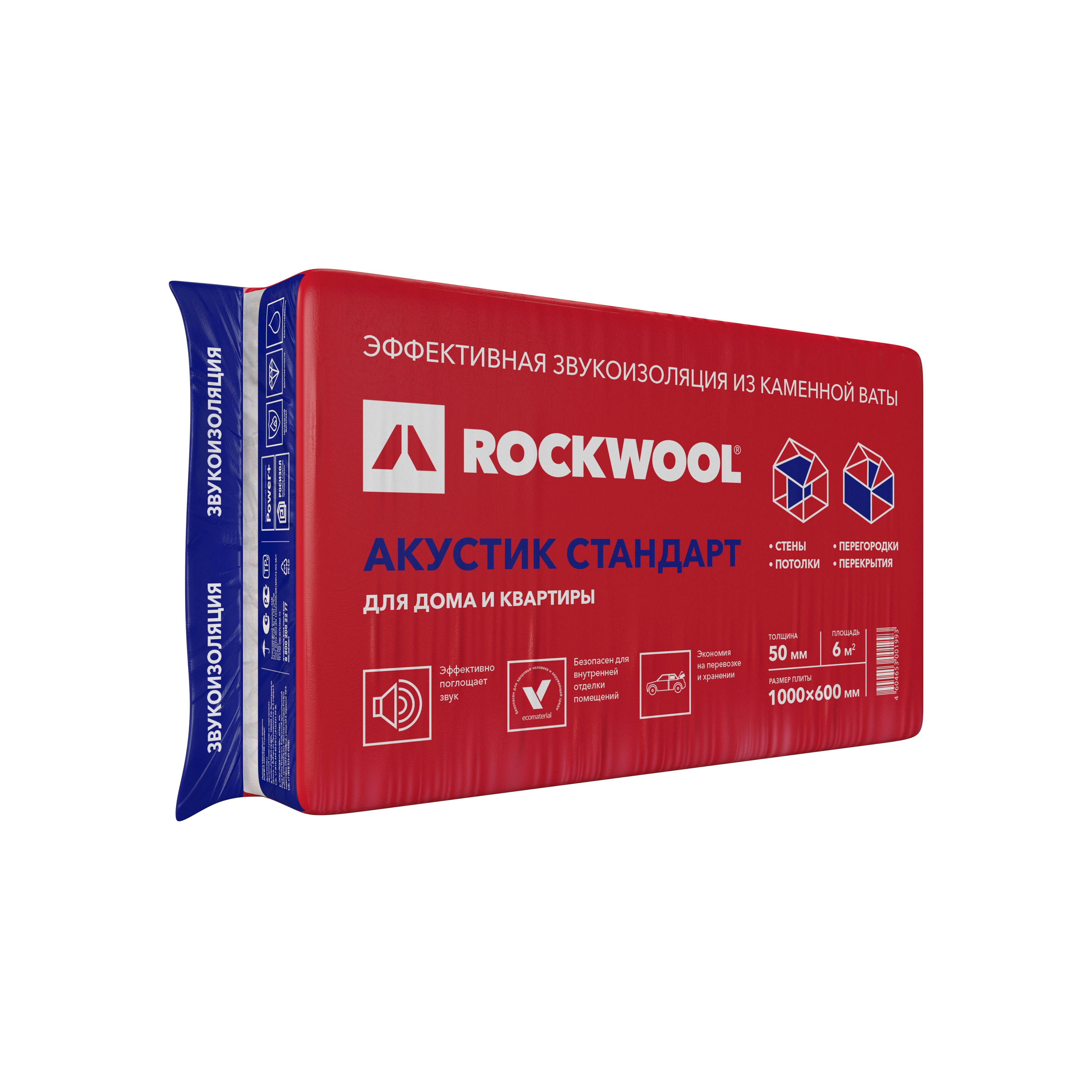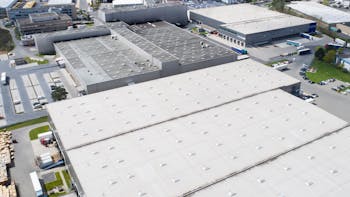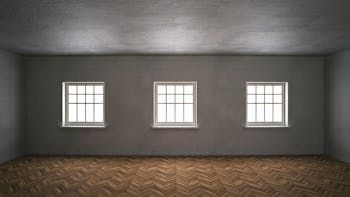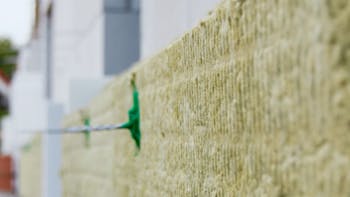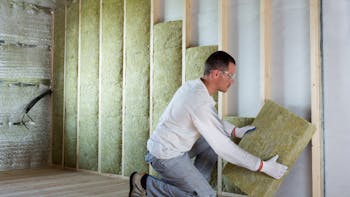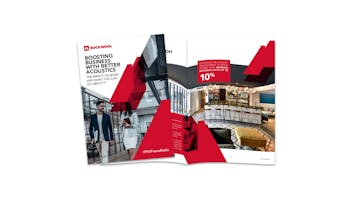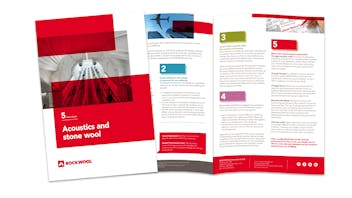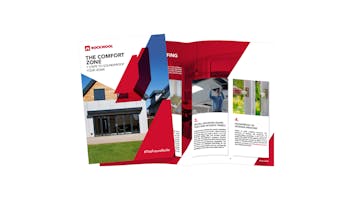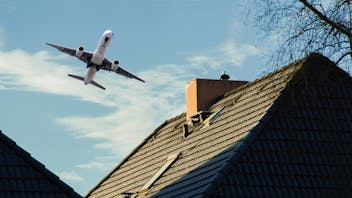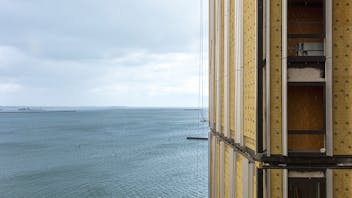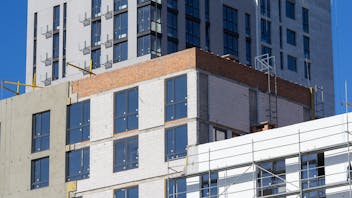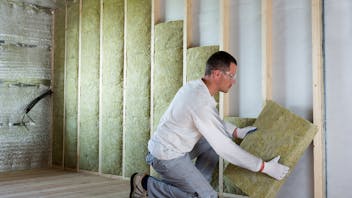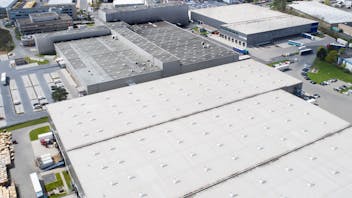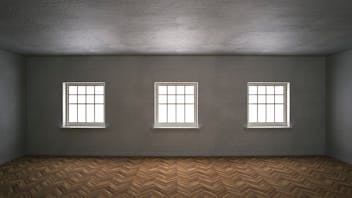Noise pollution can have a significant impact on people’s health. Those living and working in cities are especially vulnerable, according to the World Health Organisation (WHO)1.
Controlling noise levels at the source is not always possible – but quality sound insulation of the building envelope can offer a valuable solution.
Outside noise from traffic or aircraft – for example – can be significantly blocked out by proper installation in the roof or building façade.
Insulation within a building, meanwhile, can improve privacy and avoid annoyance from sounds in adjacent properties, such as music or footsteps from an apartment above.
Especially useful when installed in separating floors and walls between different spaces in a block of flats or office complex, sound insulation boards, or granulate can be applied to reduce the amount of noise intruding into a living or working environment.
Read on to learn about ROCKWOOL acoustic solutions.

